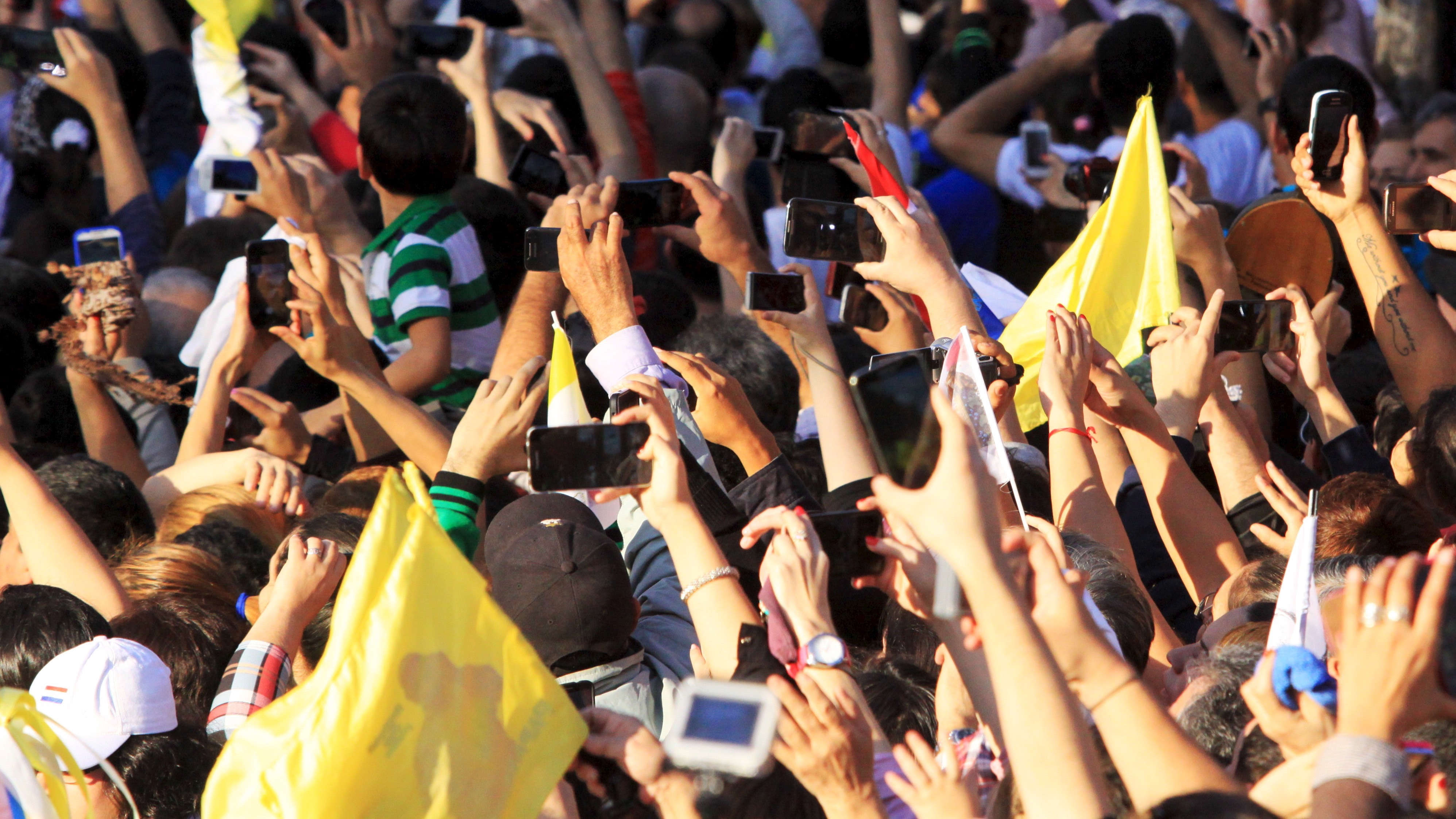Amazon’s ‘Ring’ Doorbells Creating A Massive Police Surveillance Network
“Police departments are piggybacking on Ring’s network to build out their surveillance networks…” reports CNET, adding that Ring “helps police avoid roadblocks for surveillance technology, whether a lack of funding or the public’s concerns about privacy.”
While residential neighborhoods aren’t usually lined with security cameras, the smart doorbell’s popularity has essentially created private surveillance networks powered by Amazon and promoted by police departments. Police departments across the country, from major cities like Houston to towns with fewer than 30,000 people, have offered free or discounted Ring doorbells to citizens, sometimes using taxpayer funds to pay for Amazon’s products.
While Ring owners are supposed to have a choice on providing police footage, in some giveaways, police require recipients to turn over footage when requested. Ring said Tuesday that it would start cracking down on those strings attached…
While more surveillance footage in neighborhoods could help police investigate crimes, the sheer number of cameras run by Amazon’s Ring business raises questions about privacy involving both law enforcement and tech giants… More than 50 local police departments across the US have partnered with Ring over the last two years, lauding how the Amazon-owned product allows them to access security footage in areas that typically don’t have cameras — on suburban doorsteps. But privacy advocates argue this partnership gives law enforcement an unprecedented amount of surveillance. “What we have here is a perfect marriage between law enforcement and one of the world’s biggest companies creating conditions for a society that few people would want to be a part of,” said Mohammad Tajsar, staff attorney at the ACLU of Southern California…
Despite its benefits, the relationship between police departments and Ring raises concerns about surveillance and privacy, as Amazon is working with law enforcement to blanket communities with cameras…. “Essentially, we’re creating a culture where everybody is the nosy neighbor looking out the window with their binoculars,” said Dave Maass, a senior investigative researcher at the Electronic Frontier Foundation. “It is creating this giant pool of data that allows the government to analyze our every move, whether or not a crime is being committed.” On a heat map of Bloomfield, there are hardly any spots in the New Jersey township out of sight of a Ring camera.
Tajsar says in some scenarios “they’re basically commandeering people’s homes as surveillance outposts for law enforcement,” and the articles notes that when police departments partner with Ring, “they have access to a law enforcement dashboard, where they can geofence areas and request footage filmed at specific times.”
While law enforcement “can only get footage from the app if residents choose to send it,” if the residents refuse, police can still try to obtain the footage with a subpoena to Amazon’s Ring.




